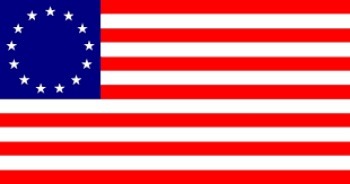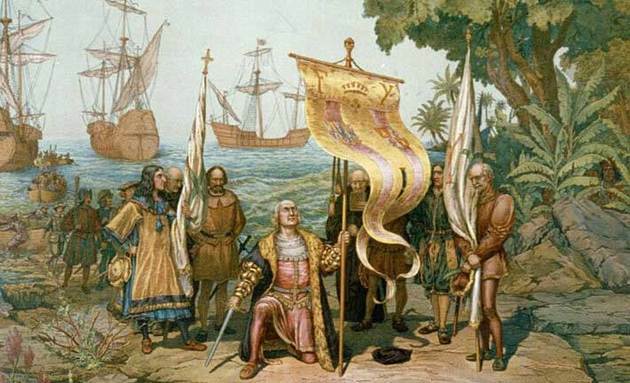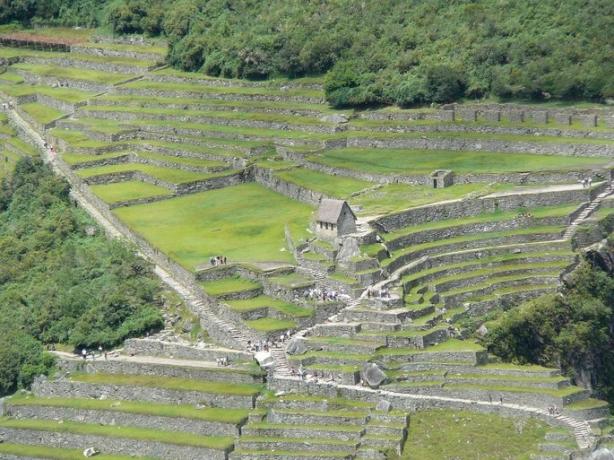As we contemplate the development of independence in Spanish America, we note that the distinction between local elites had a great influence on this process. On the one hand, the chapetones were men born in Spain who had administrative positions left in their sole trust. On the other hand, the criollos, even though they were the sons of Spaniards and controlled the means of local production, did not have the same privilege as they were born on the American continent.
Over time, the Creole elite, often influenced by Enlightenment ideas, began to criticize this visible process of exclusion imposed by the Spanish colonial model. At the end of the 18th century, this same elite saw in the breaking of the colonial pact an excellent opportunity for increase its profits by meeting the demands of industrialized nations, especially the England.
At the beginning of the 19th century, with the outbreak of the Napoleonic Wars, the conquest of the Spanish throne established a crisis of authority that was quite favorable to establishing the independence of Hispanic America. Not by chance, the Creoles mobilized in troops to defeat the rulers of the metropolis and consolidate the formation of several independent nations. Apparently, a new page in the history of American space was starting.
However, even with the independences, we see that the social and economic structure of the American regions has changed little. The powerful Creoles controlled the lands and now also took the lead in the spheres of political power. At the same time, the vast indigenous population continued to experience the same situation of exploitation and misery previously experienced. In this way, the end of colonization meant the continuation of several other practices.
For many scholars, the reach of governmental autonomy only came to change the name of those who would assume the role previously played by Spain. From then on, England and the United States would be the two most responsible for maintaining governments committed to their interests. In this context, the economic structure remains linked to the demand for industrialized products, and the export of raw materials and other agricultural products.
Even today, some countries still feel the effects of this entire conservative and elitist process. Poverty, disrespect for laws, lack of opportunities, economic backwardness are just some of the few and biggest issues to be related to such a historical experience. On the other hand, we must also highlight that in other nations the presence of popular movements and the consolidation of democratic regimes has opened doors for the first steps of a possible change.
By Rainer Sousa
Master in History
Do not stop now... There's more after the advertising ;)
Would you like to reference this text in a school or academic work? Look:
SOUSA, Rainer Gonçalves. "The Limits of Independence in Spanish America"; Brazil School. Available in: https://brasilescola.uol.com.br/historia-da-america/os-limites-independencia-america-espanhola.htm. Accessed on June 27, 2021.



